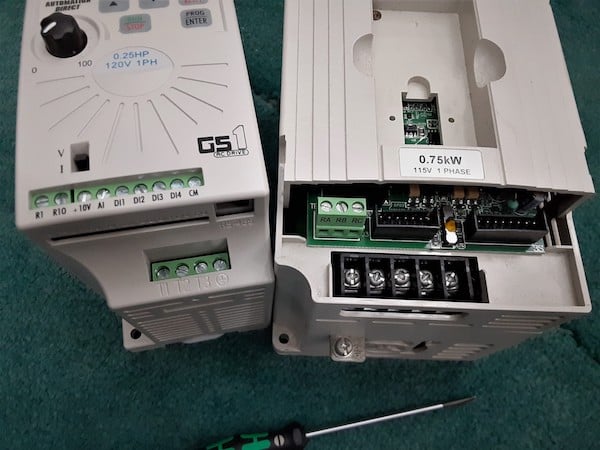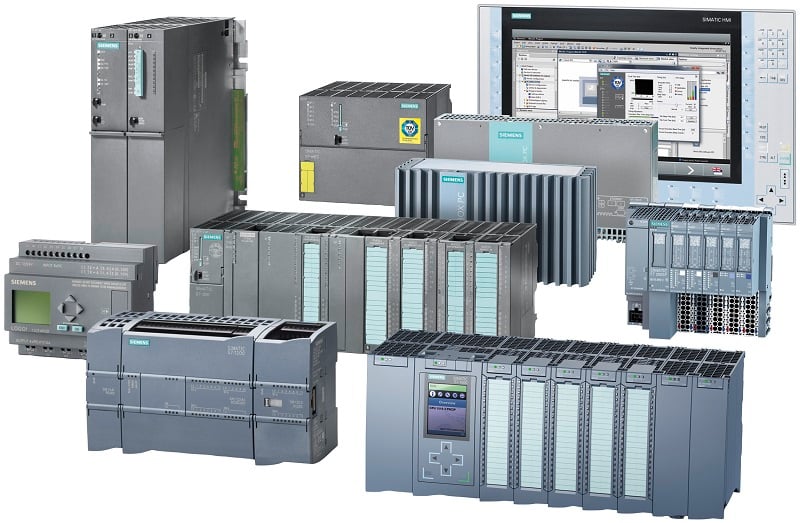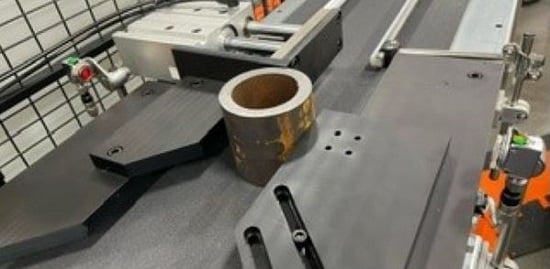What is Redundancy in Control Systems?
Learn about redundancy and why it’s an important part of protecting control systems and a key part of avoiding costly system failures and malfunctions. Redundancy in control systems refers to the practice of maintaining an extra piece of equipment, devices, or software capable of performing the same functions as that of the original one at … Read more









